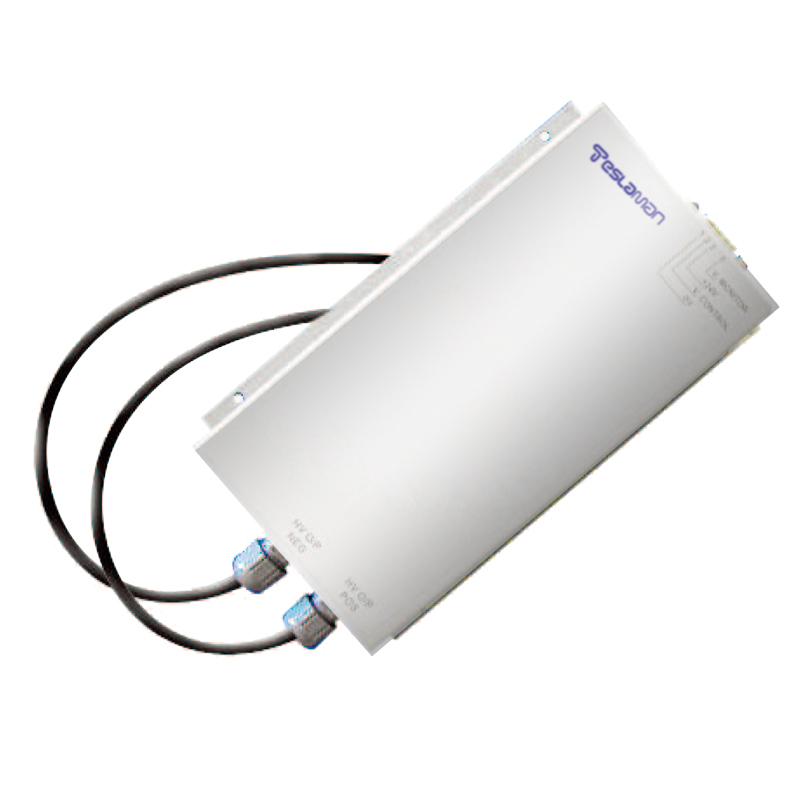Multi-Element Data Fusion and Accuracy Verification for Element Analyzer Power Supplies
Elemental analyzers utilize high-voltage excitation to ionize and separate atomic species for quantitative composition analysis. The stability and waveform purity of the high-voltage power supply directly affect analytical accuracy and spectral resolution.
For multi-element analysis, the analyzer employs a multi-level, time-multiplexed voltage supply. Each element is excited at its optimal ionization potential, which requires precise switching between voltage levels without introducing transient noise. High-speed DAC control combined with solid-state switching allows sub-microsecond transition times and maintains waveform integrity.
Data from multiple excitation levels are fused using weighted normalization and principal component analysis (PCA). This compensates for varying sensitivity across energy states and improves spectral signal-to-noise ratio. Further refinement is achieved through Bayesian inference, which cross-validates multi-channel measurements to enhance quantitative accuracy.
Calibration is automated using built-in reference samples. The system continuously compares measured intensities against expected spectral peaks and adjusts the supply voltage or pulse width accordingly. This self-calibrating mechanism ensures consistent results across extended analytical sessions.
The integration of adaptive voltage control and statistical data fusion significantly enhances both throughput and analytical confidence in multi-element detection systems.




















